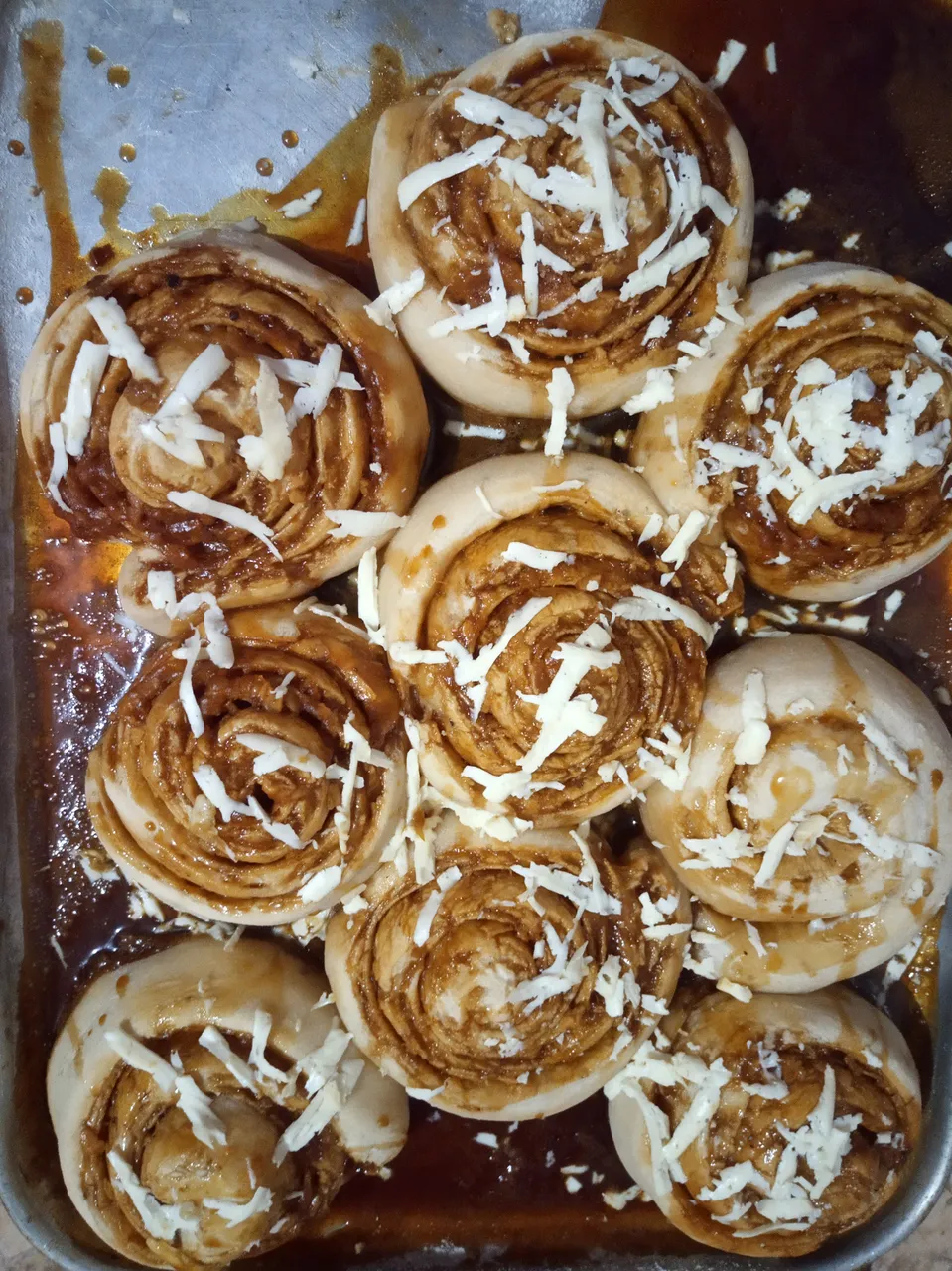In this brief history of this great aperitif🇻🇪💞

The golfiado is a typical sweet bread of Venezuelan gastronomy originating from the capital region, which is accompanied with hand cheese, it is very similar to the famous cinnamonrolls due to its shape.
The origin of golfeado dates back to the town of Petare. For the first half of the 20th century, Petare was a town far from other hamlets, where many travelers stocked up on food and other belongings, before continuing their journey.
According to Petare's chronicles, the famous golfeado was created in the Central Bakery by the brothers Genaro and María Duarte, who, established on Libertad de Petare street, sold a sweet made in a wood oven, popularly known as Golfeados.
This sweet made with self-rising flour, with thin strips rolled in the shape of a snail, seasoned with papelón molasses and cheese, became very popular and its recipe was quickly copied, expanding through Palo Verde, Sabana Grande, El Junquito and Los Teques. Today, they can be found in any bakery in Venezuela.
Where does its name Golfeado come from? Its origin is not exactly known, but according to popular tradition, the name golfiao or golfeado originated more than a century ago, in the Hoyo de las Tapias coffee farm that supplied coffee to Caracas🇻🇪
In the place, there is a type of coffee seed called caracolillo, it curls and the peasants of the time called it golfiao. It is presumed that some peasant, upon seeing the bread, told Mrs. María Duarte, "Give me that which looks like a Golfiao"
Ingredients: Wheat flour Papelon or molasses Hand cheese Aniseed species to taste Milk Yeast Butter.
